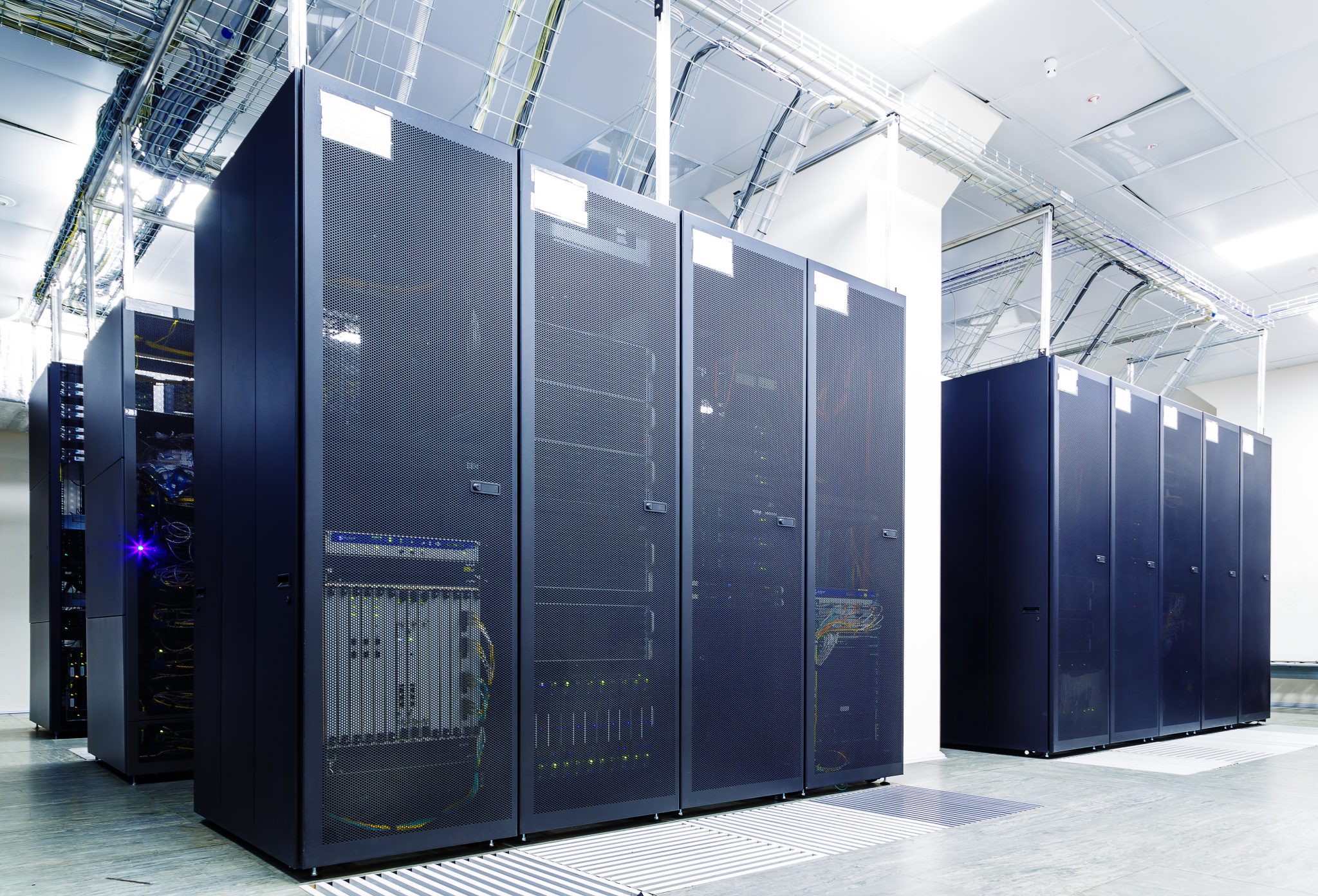

Being surface-bound, all cellular activity resulting from P-15 attachment is restricted to the implant surface so bone cannot grow where it doesn’t belong (ectopic bone growth). This unique combination creates a surface-bound “Attract, Attach, Activate” mechanism of action that enhances the body’s natural bone healing process. I-FACTOR Bone Graft is the only biologic bone graft made of a synthetic small peptide (P-15) bound to an anorganic bone mineral (ABM). The one-year results of this study have been published in the peer-reviewed journal Spine. Most of the patients in the study have been followed for up to six years. The key study results – Fusion Rates, Neck Disability Index (NDI), Neurological Outcome, and Complication Rates – were assessed at 12 months after surgery. Patient enrollment was completed in May 2013 with a total of 319 patients participating in the study.

FDA IDE pivotal clinical study was a prospective, randomized, multicenter study comparing i-FACTOR Putty to autologous bone (control) in patients with degenerative cervical disc disease who underwent a single-level instrumented anterior discectomy and fusion procedure. I-FACTOR™ Bone Graft: US FDA IDE Pivotal Study As an engineered product, P-15 quantity and viability remain consistent from lot to lot. I-FACTOR Bone Graft is a peptide bone matrix ( PBM) – a composite bone substitute consisting of a synthetic collagen fragment (P-15) bound to calcium phosphate particles. Unfortunately, the viability of cells in non-vascularized, processed allogeneic bone grafts ( cellular bone matrix) is unknown. Some would suggest that this only occurs when autogenous bone has been implanted immediately or when a bone graft substitute has been enriched with autogenous cells. A bone graft is considered osteogenic if it contains living osteogenic cells that are able to survive in the host environment. Where rhBMPs have been engineered to maintain the growth factors, the processing of DBMs causes significant variability in the amount of osteoinductive factors that remain in the final product. Only a bone graft that is preserved with an osteoinductive factor (e.g., members of the transforming growth factor family) can be considered osteoinductive. An osteoinductive bone graft ( rhBMP, formulated DBM) is defined as a material that can induce the differentiation of mesenchymal cells into osteoblasts. Resorption time, porosity, and mechanical strength can vary widely in this class of products. Whether natural ( allograft, simple demineralized bone matrix) or synthetic ( hydroxyapatite, calcium phosphate), structure is key to an osteoconductive scaffold providing a suitable workplace for bone forming cells. The way a bone grafting technology works depends on many factors including the properties of the graft itself. The novel i-FACTOR Bone Graft “ Attract, Attach, Activate” mechanism of action enhances the body’s natural bone healing process. The high affinity between cells and P-15 supports the physiological mechanism of action in which cells bind to the P-15 and “turn on” to perform their genetically programmed job of making bone. I-FACTOR Bone Graft facilitates and expedites the ingrowth of bone by promoting the migration of mesenchymal stem cells and other progenitor cells from surrounding tissue. These cells have an affinity for and attach to the P-15 found in i-FACTOR Bone Graft in a similar way they would naturally with Type I collagen in bone. This 15-amino acid peptide (P-15) is responsible for the attachment and proliferation of osteogenic cells. I-FACTOR Bone Graft is based on the biological activity of the synthetically derived 15-amino acid peptide found naturally in Type I human collagen. I-FACTOR™ Bone Graft: Mechanism of Action Introducing donor cells ( osteogenesis).Providing instructions to local cells ( osteoinduction).Providing a scaffold for local cells ( osteoconduction).How the bone graft material responds to these cells is referred to as the mechanism of action. This means that the cells seek out attachment points on the Type I collagen, become attached, and activate the cascade of events leading to bone formation. Many of these connective tissue cells are “ attachment activated“. Within tissues are cells that are controlled by and interact with Type I collagen.


 0 kommentar(er)
0 kommentar(er)
